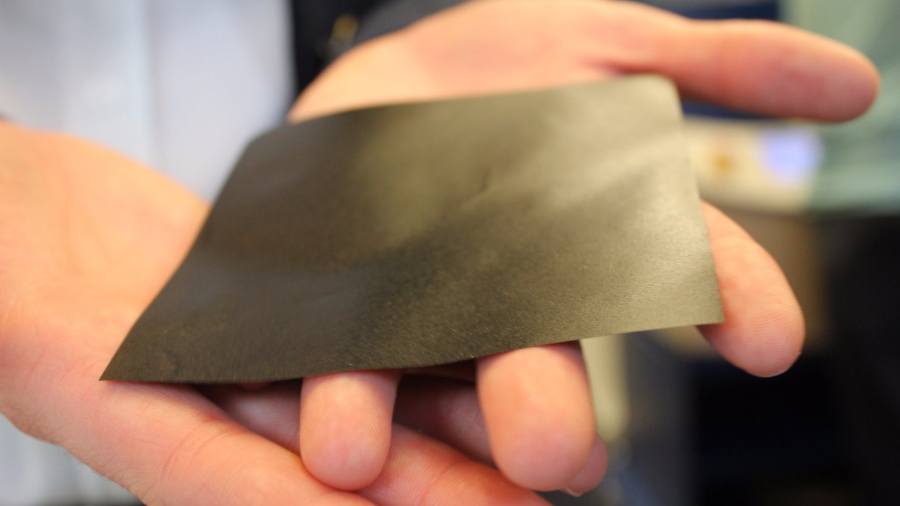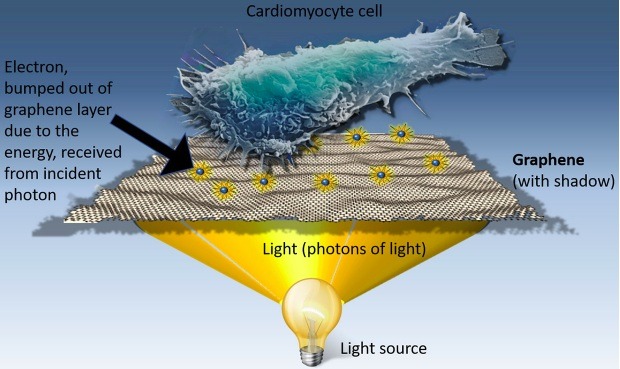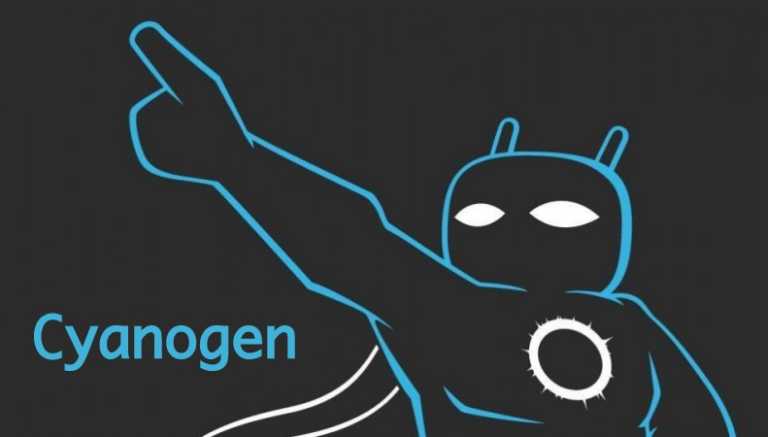Cancer Cells Could Be Killed By Graphene “Optical Stimulation”

Researchers at the University of California have stumbled upon something which can open up new avenues to explore in the field of drug screening, painkiller formulation, and cancer treatment.
The material involved in the study is Graphene, a semi-metal composed of single layer of carbon atoms. It is one of the strongest material ever tested and an excellent conductor of heat and electricity.
It is a known fact that graphene is extremely sensitive to light and can convert it into electricity. So the researchers wondered if this electricity could be used to stimulate human cells. After experimenting with different light intensities, the scientists were able to control the beating of human heart cells in a dish by using graphene and light.
They grew heart cells on graphene and found that the cells could be manipulated to beat at varied rates from 1.5 up to 10 times faster. Such optical graphene stimulation is significant as it could allow researchers to conduct tests on cells as if they are inside the body and help in making optical pacemakers.
Until now, scientists could only experiment on artificially cultured cells in Petri dishes to artificially stimulate a pain response in neurons. Such tests are crucial in the development of painkiller drug that involves pain receptors only.

The other groundbreaking benefit of optical graphene stimulation is the ability to nuke cancerous cells without damaging neighboring healthy cells. According to the study, the electrical resting potential (ERP) of cancer cells is normally lower than healthy body cells.
This implies that the cancerous cells are more vulnerable to electrical stimulation that opens their ion channels. Exposing the malignant cells to such a lethal influx of ions for a sufficiently long period can kill them completely without harming the healthy cells in the vicinity.
Even though Graphene may seem like a magical element, it comes with a bunch of downsides too. Certain forms of Graphene are known to be fatal for humans, and the side effects of its long-term usage are still unknown. Therefore scientists will have to conduct extensive research before using it on humans.
Also Read: ‘Memory Transfer’ Performed By Scientists Between Two Snails






